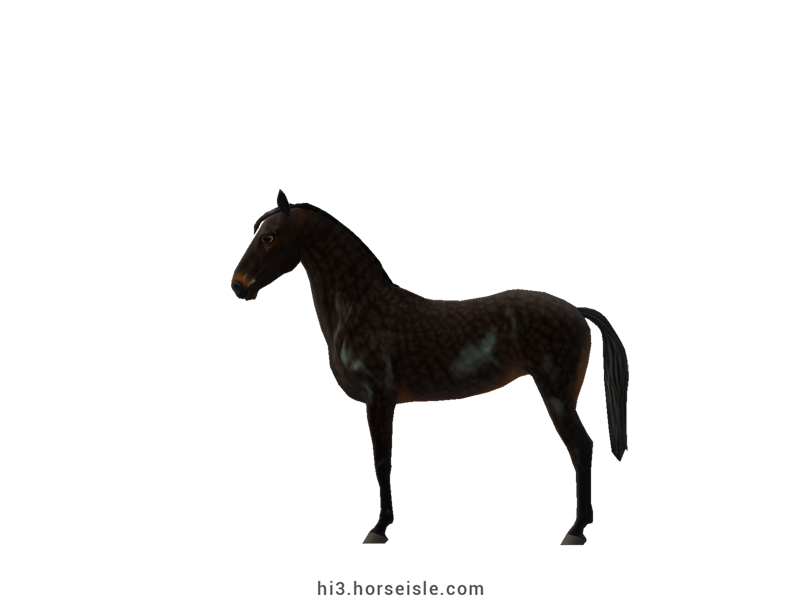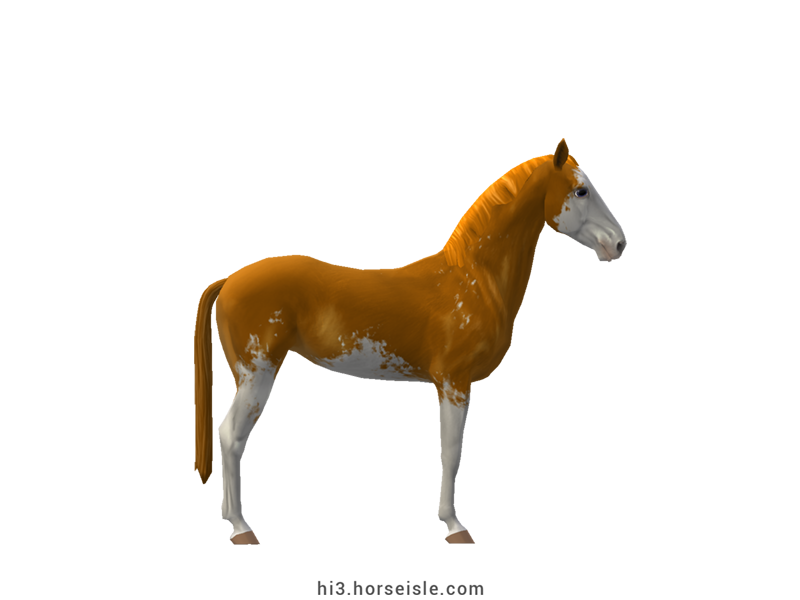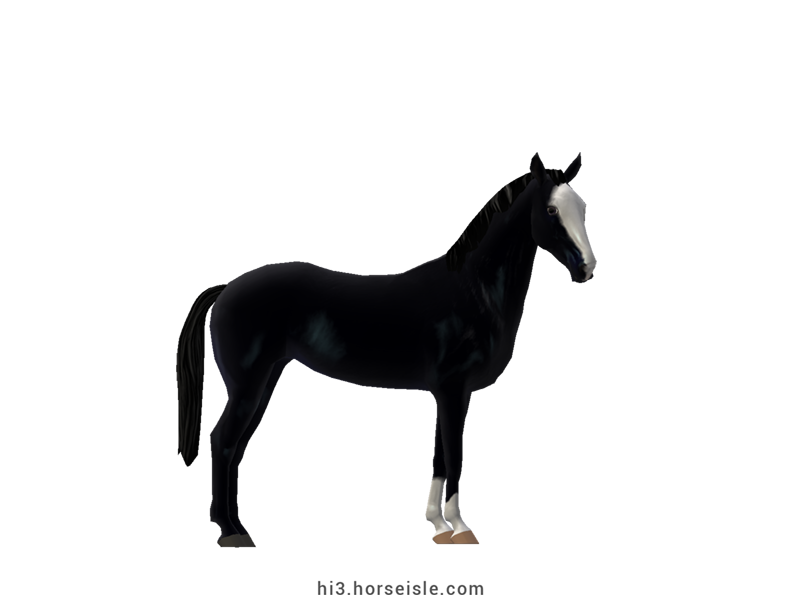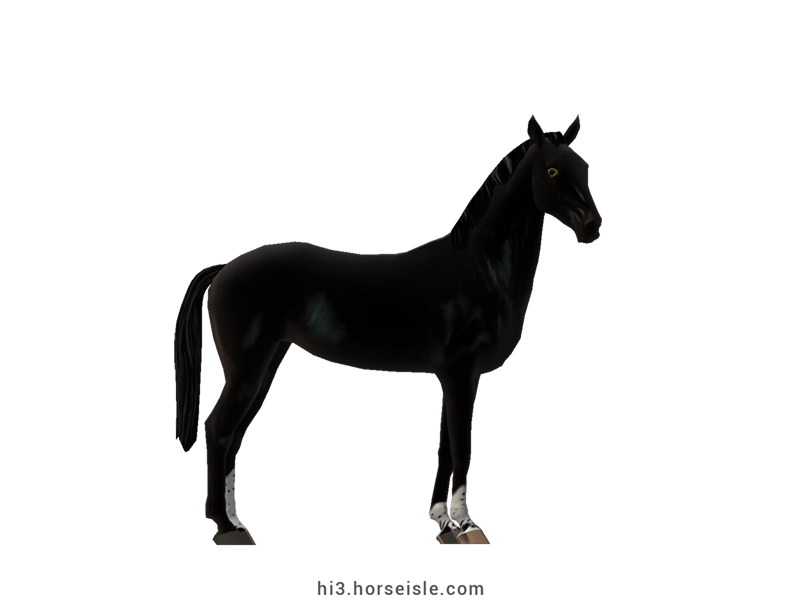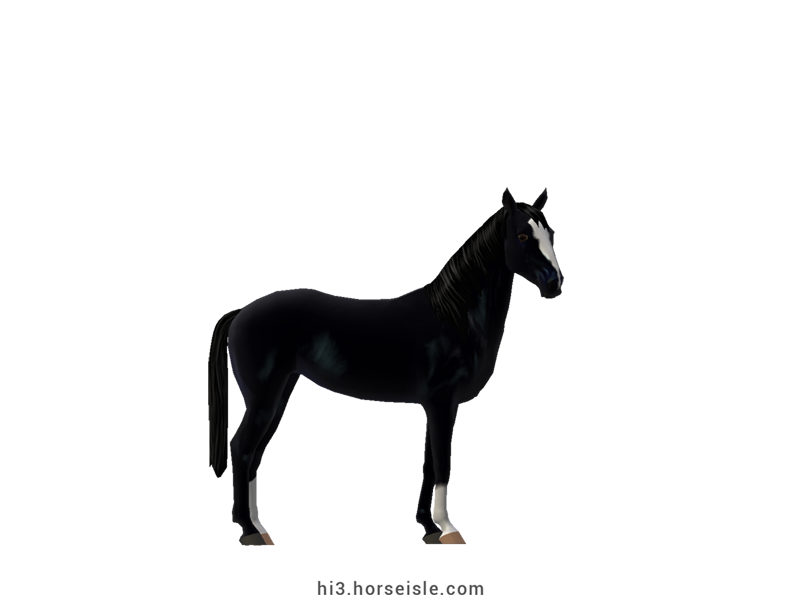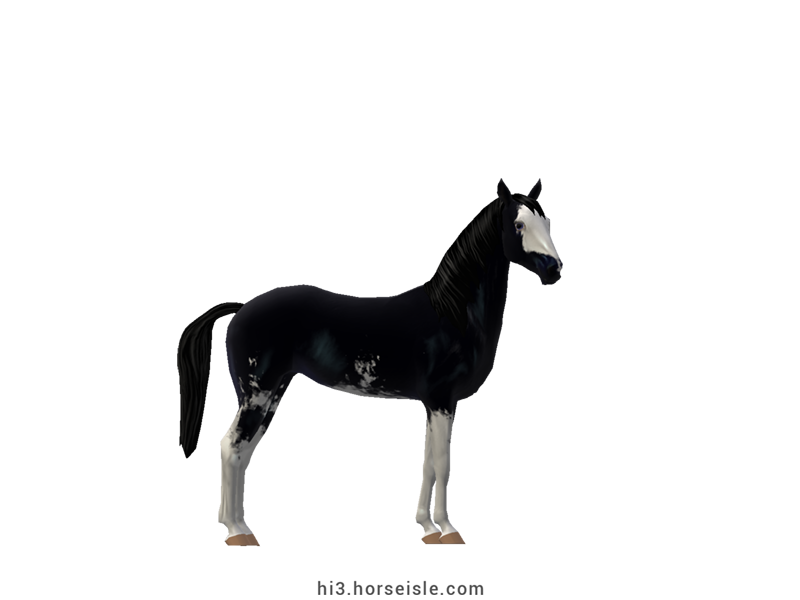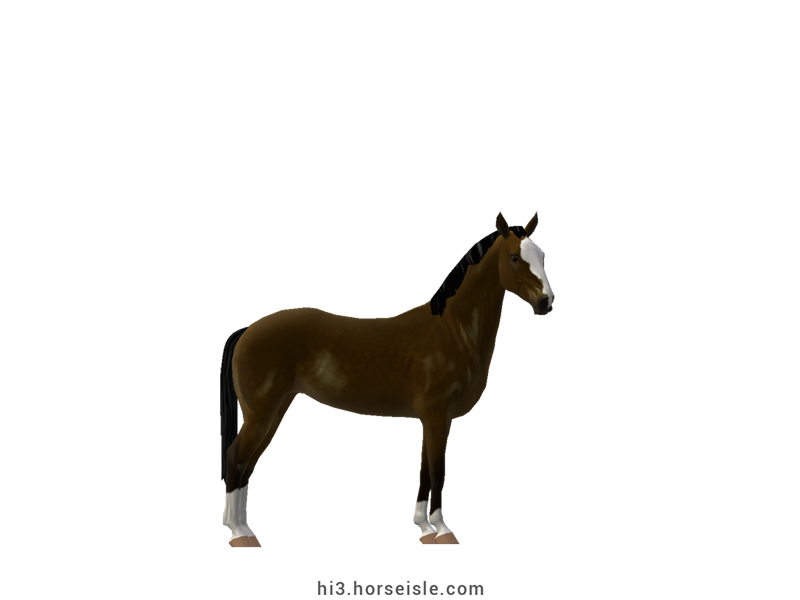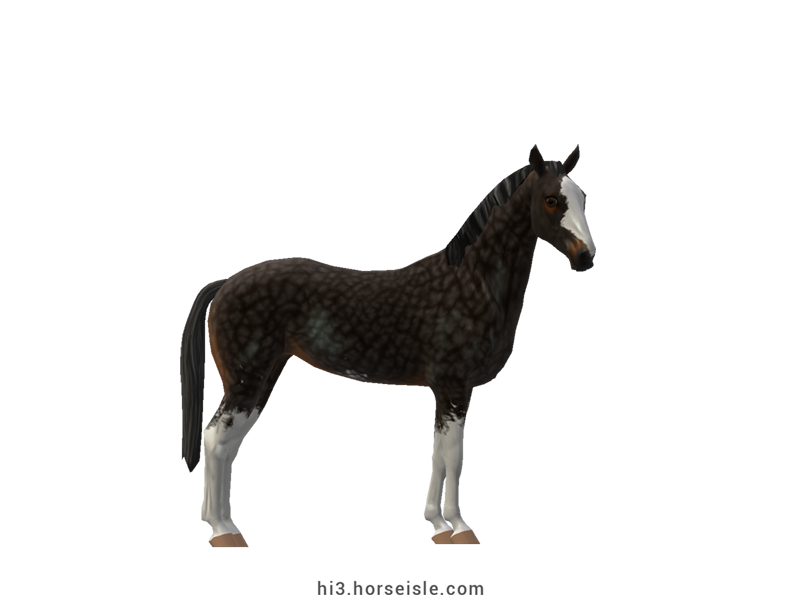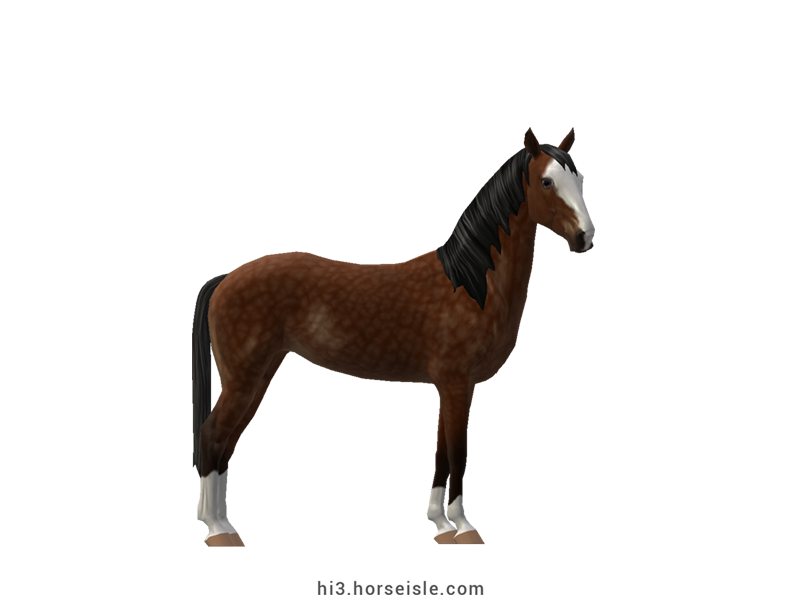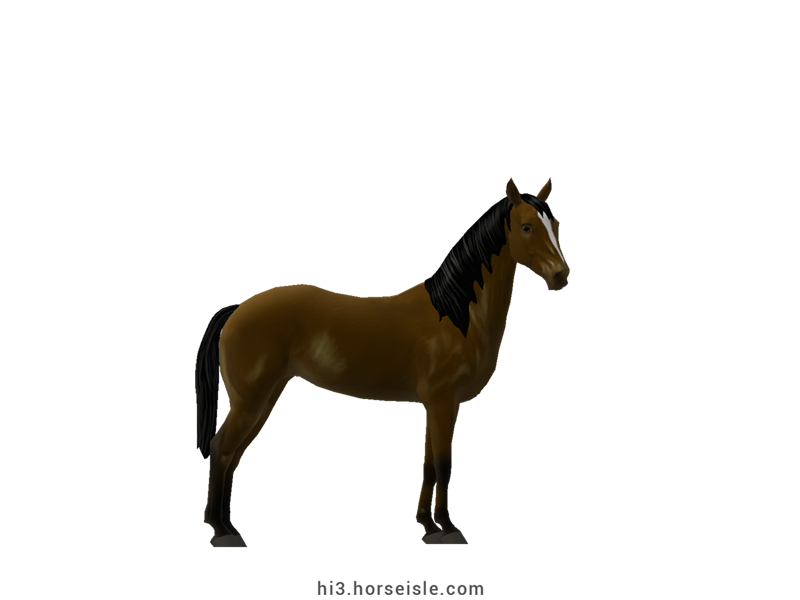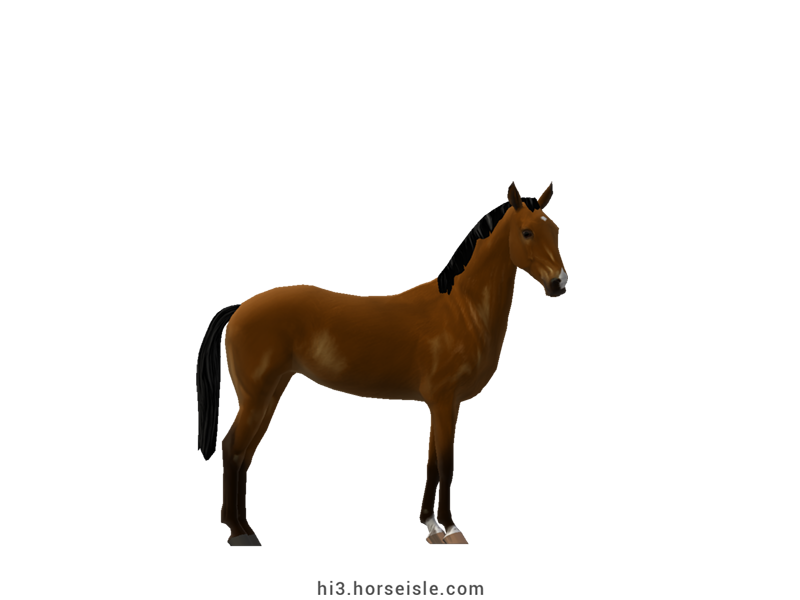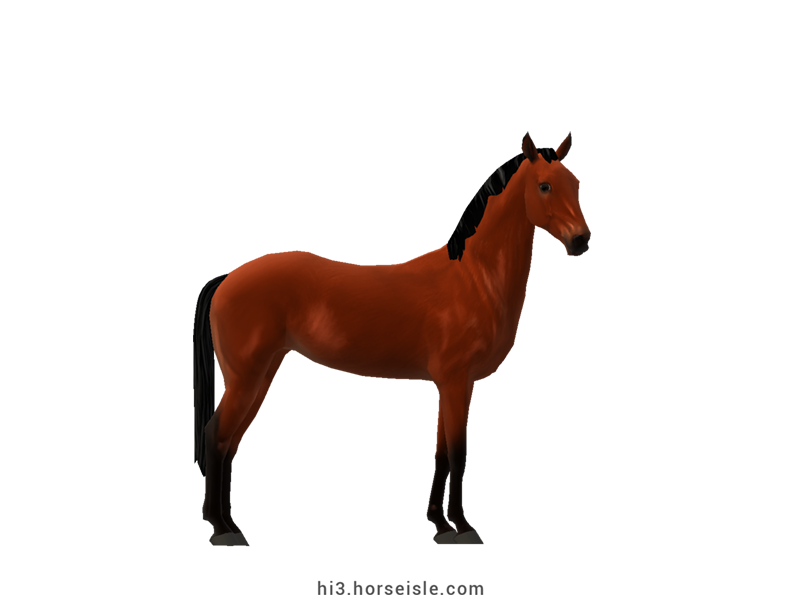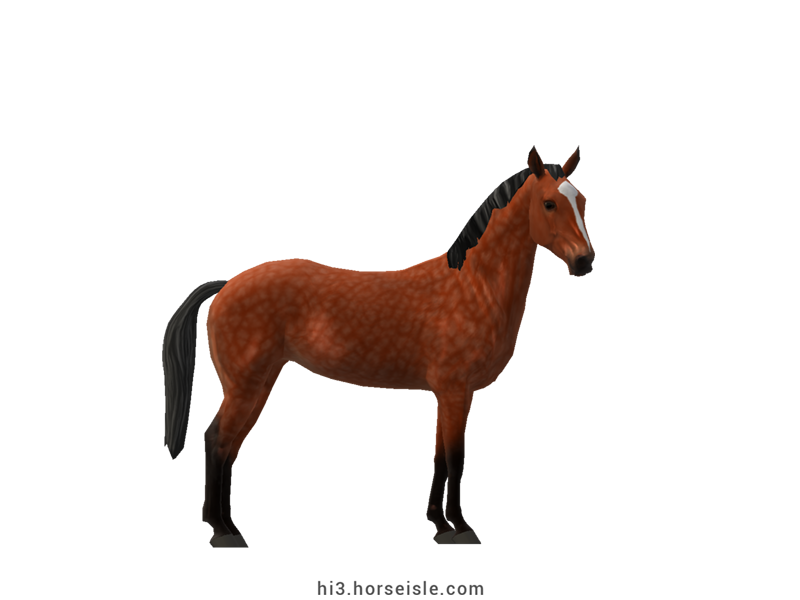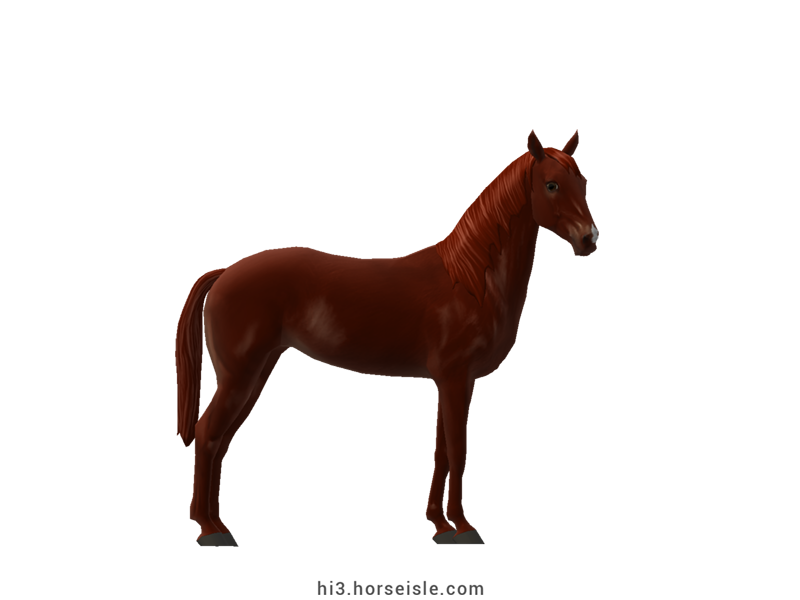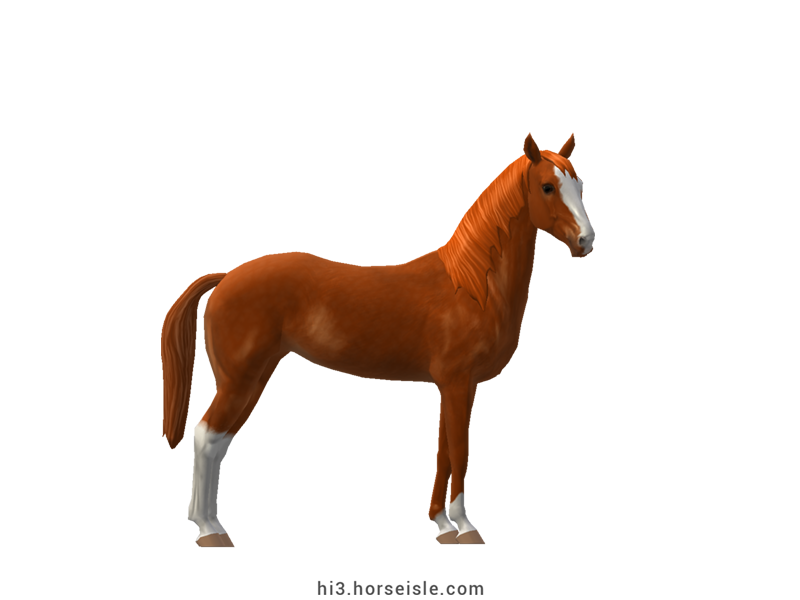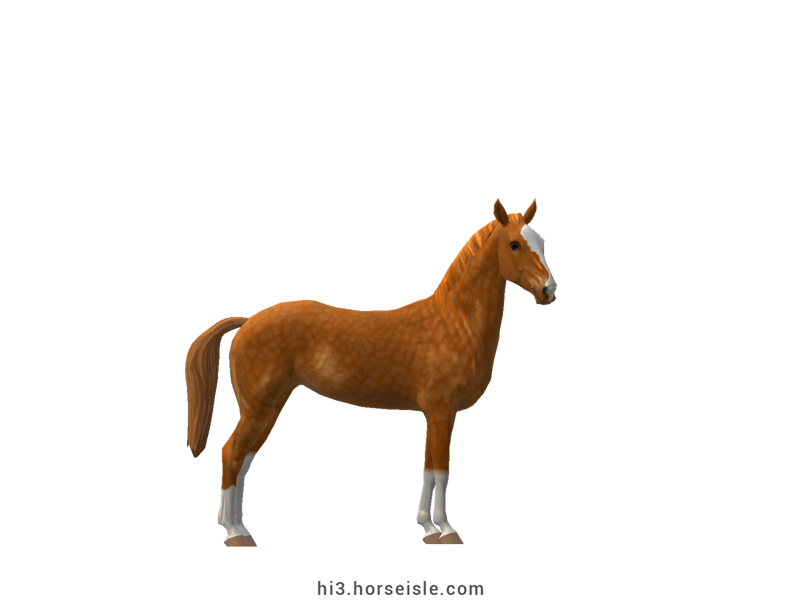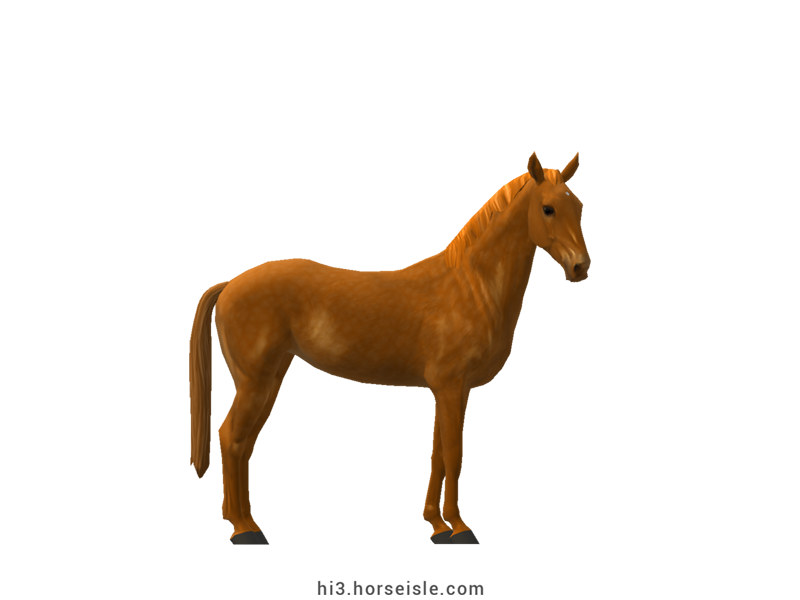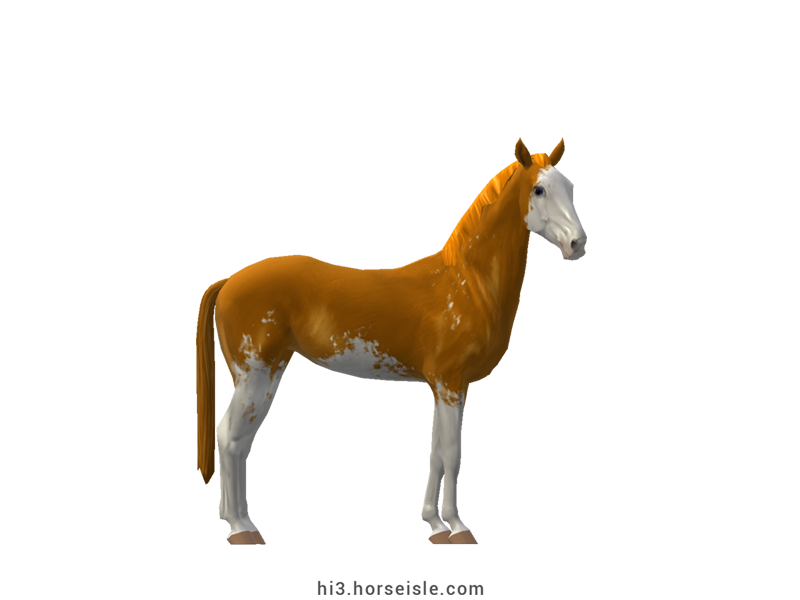Our Massive Real World Equine Reference!
[ INDEX ] Equine Type: Horse Breed: Hackney [ PREV ] [ NEXT ]
The original English trotter breeds:
Trotting horses existed in England since the Middle Ages, as well as the word "hackney" (haquene'e in French,) which meant "a horse with comfortable trot or amble".
At that time, there were two trotter breeds: the first was the Norfolk Trotter, also known as Norfolk Roadster, which was a strong, cob-like horse. The second was the Yorkshire Coach horse, also called, at that time, Yorkshire Hackney, which had a more elegant build.
The birth of the Hackney:
Around 1755, a Thoroughbred stallion named Blaze was crossed with a trotter mare. The foal, named Original Shales, grew to be a sire of Norfolk Trotters. Among his descendants were the stallions Wroot's Pretender and Norfolk Phenomenon, both of whom were born during the first quarter of the 19th century.
These two stallions, who had Thoroughbred blood in them, were bought by Robert Ramsdale and his son Philip, who decided to cross them with Yorkshire Coach mares. This cross created the Hackney breed which we know today.
A fashionable trotter with a big influence:
Ever since they were created, Hackney horses moved in an energetic manner characterized by a high head-carriage, and high-stepping gaits with a high knee-action. This form of movement, which became the latest fashion in the late 18th century, made the Hackney breed extremely popular.
During the 19th century, Hackney horses were exported all over the world, and influenced both European and American breeds, the most notable of which was the American Standardbred breed, which became the fastest trotting breed in the world.
The Hackney Pony:
In 1872, a man named Christopher Wilson crossed a Norfolk/Yorkshire trotter stallion, named Sir George, with Fell Pony mares in order to create a pony version of the Hackney breed.
The resulting ponies, which combined the action of the Hackney with a pony-like appearance and a small size, became extremely popular for pulling small carriages. They were exported all over the world, similarly to their horse-sized counterparts.
A showy horse for the show ring:
The flashy appearance and attitude of the Hackney turned it into an excellent show horse, especially when it comes to harness events. During the 20th century, when the need for carriage horses decreased, it was its talent in the show ring that saved the Hackney breed from extinction.
The Hackney today:
Today, the Hackney is bred mainly in the UK and the USA. It is primarily used for harness shows, but can also be a good horse for dressage and show-jumping in recreational levels. Despite seeming like a popular or common breed, the Hackney is actually a rare breed in a critical state.
Conformation:
Hackneys are known for their iconic upright and 'alert' conformation that matches their active high-knee gaits. Just by standing and posing, with their neck held high and their tail slightly elevated, they immediately capture one's attention.
The head has a straight or slightly-convex profile, large eyes, and upright ears. The neck is of medium length, has a clear throatlatch, and a moderate crest. The withers are somewhat prominent, the back is medium-to-long in length, and the croup is rounded. The chest is broad, and the legs are slender.
The mane is short or medium in length, but the tail can grow long although in Horse Isle it might appear medium-length due to the angle in which it is held.
Performance metrics:
The following are the: range, average, (SD), and MOE of performance metrics of ordered Hackneys in Horse Isle (not bred ones). In rare cases,
Speed: 14.0-16.8, 15.6 (0.7), 0.13.
Sprint: 35-54, 45 (4), 0.76.
Accel: 0.89-1.09, 0.99 (0.05), 0.01.
Decel: 0.75-0.90, 0.83 (0.03), 0.01.
Jump: 4.87-5.15, 5.02 (0.06), 0.01.
Pull: 0.96-1.96, 1.41 (0.21), 0.04.
Turning: 48.74-62.72, 55.54 (3.43), 0.67.
Reverse: 2.5-3.2, 2.8 (0.2), 0.03.
Stamina: 44.08-53.26, 48.53 (2.01), 0.39.
Reaction: 0.75-0.87, 0.81 (0.03), 0.01.
Coats & Height:
Colors: black, brown, bay, and chestnut.
Additionals: flaxen, rabicano, sooty, all rare patterns. The coat often has white markings, and can be solid, white-spotted sabino up until the belly, or manchado.
Height: 12hh to 16.2hh.
Pony vs. Horse: Hackney ponies stand between 12hh and 14.1hh, and Hackney horses stand between 14hh and 16.2hh.
[ INDEX ] [ PREV ] [ NEXT ]

